‘The old playbook.’
Kamala Harris said recently that Trump was using that ‘same old, tired playbook’ in his verbal attacks against her.
So, what’s in that old playbook?
And who wrote it?
Let’s go back to 1958.
Alabama’s George Wallace is running for governor.
On the campaign stump, Wallace declares his service as a state court judge makes him ‘invaluable’ as the state’s governor, and he refuses to make race a campaign issue.
“[I]f I didn’t have what it took to treat a man fair, regardless of his color, then I don’t have what it takes to be the governor…"
Wallace declined the endorsement of the Ku Klux Klan, a turn of events which propelled the NAACP endorsed him.
The KKK’s endorsement went to Wallace’s opponent, John Patterson.
As Alabama’s attorney general, Patterson had barred the NAACP from operating in the state.
And Patterson was an outspoken advocate of racial segregation, especially in schools, saying, ‘If a school is ordered to be integrated, it will be closed down.’
Patterson’s racist message resonated with Alabama voters, and he defeated Wallace by eleven percentage points.1
After the loss, Wallace told his campaign finance director, "I was out-niggered, and I will never be out-niggered again."
Four years later, when Wallace ran for governor again, he flip-flopped and came out in favor of racial segregation.
And he won the governor’s race by twelve percentage points.
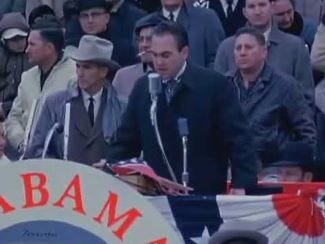
In 1964, Wallace competed in some state primaries for the Democratic presidential nomination.
He took the Confederate flags and his "Stand Up For Alabama" slogan off his airplane and replaced them with American flags and the slogan "Stand Up For America."
At a campaign rally in Oshkosh, he offered the ‘state’s rights’ argument of the old Confederacy in support of continuing racial segregation:
‘I do not come here [to Wisconsin] to tell you how to handle your local affairs.
‘Your systems, traditions and ideals are for you to determine.
‘The same is true of the State of New York, the State of Michigan and the State of Alabama.
‘Federal civil rights legislation would destroy the constitutional rights of everybody,’ Wallace said.
And young Wallace supporters in the crowd held up signs reading “Rights for Whites.”
When Wallace was asked about the recent unsolved bombing of a Birmingham, Alabama, church in which four girls were killed, he used a ‘whataboutism,’ claiming that Youngstown, Ohio, had 74 unsolved bombings.
And civil rights demonstrations that had taken place in Birmingham, ‘had been organized by communists,’ he said.
And he shocked political analysts by receiving one-third of the Wisconsin vote.
His anti-communism message had resonated in Wisconsin communities populated by people who traced their ethnicity to countries then behind the Iron Curtain.
And his anti-civil rights message brought him votes from people who feared that racial integration would lead to white job losses and declining property values.
In Wisconsin, Wallace said, he was able to ‘win without winning.’
In the Indiana primary, Wallace lambasted the brand-new Federal Civil Rights Act as a ‘back-door open-occupancy bill,’ which would punish landlords and property owners for refusing to rent or sell to Blacks.
He repeated his advocacy of states’ rights and embraced conservative Christianity, appearing alongside a Catholic bishop who had called for a constitutional amendment to allow school prayer.
On election day, Wallace received thirty percent of the Indiana vote.
In Maryland, Wallace received forty-three percent of the vote total, carrying fifteen of Maryland’s twenty-three counties.
He won the white vote outright, and only a heavy Black turnout prevented him from winning the election.
"If it hadn't been for the nigger bloc vote, we'd have won it all." — Wallace
Running as a third-party candidate in the 1968 presidential election, Wallace decried ‘crime in the streets emanating from San Francisco and Los Angeles which was ruining the country.’
‘And it is a sad day in our country that you cannot walk even in your neighborhoods at night or even in the daytime because both national parties,
‘… have kowtowed to every group of anarchists that have roamed the streets of San Francisco and Los Angeles and throughout the country.’
He thumbed his nose at establishment politicians who called his followers rednecks.
‘Yes, they’ve looked down their nose at you and me a long time.
‘They’ve called us rednecks...
‘Well, we’re going to show, there sure are a lot of rednecks in this country.’
This reverse snobbery message resonated with young men and less educated, blue-collar workers.
And it brought Wallace almost ten million votes in the 1968 presidential election.
George Wallace wasn’t the only one to use these ‘old plays’ in US elections, but he made them an art form.
Listen for them the next time you sit through a Trump rally speech.
******************************
I’ll see you tomorrow.
— Brenda
Banner image: Dr. Martin Luther King, Jr., Coretta Scott King, Andrew Young, John Lewis, Reverend James Orange and civil rights activists march on Highway 80, Selma to Montgomery, Alabama, 1965.
At the time, Alabama was a one-party state. The only electoral contests were for nominations in the Democratic state primary.



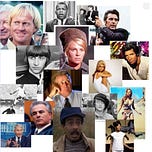

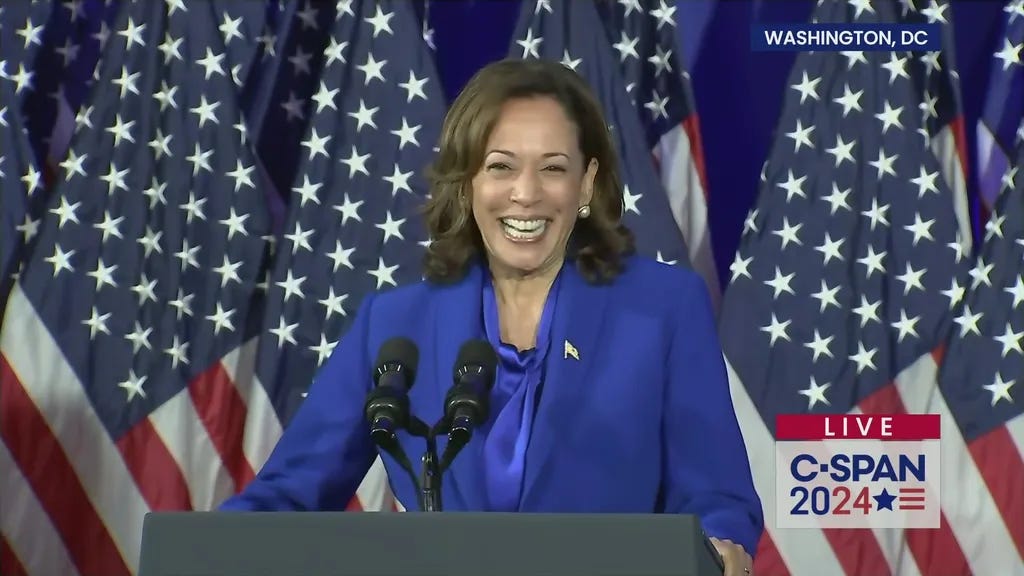
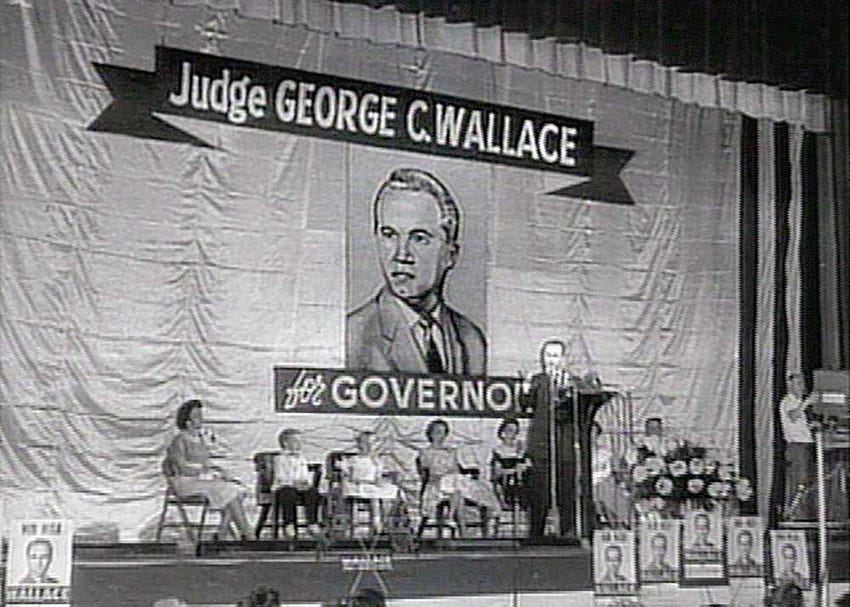
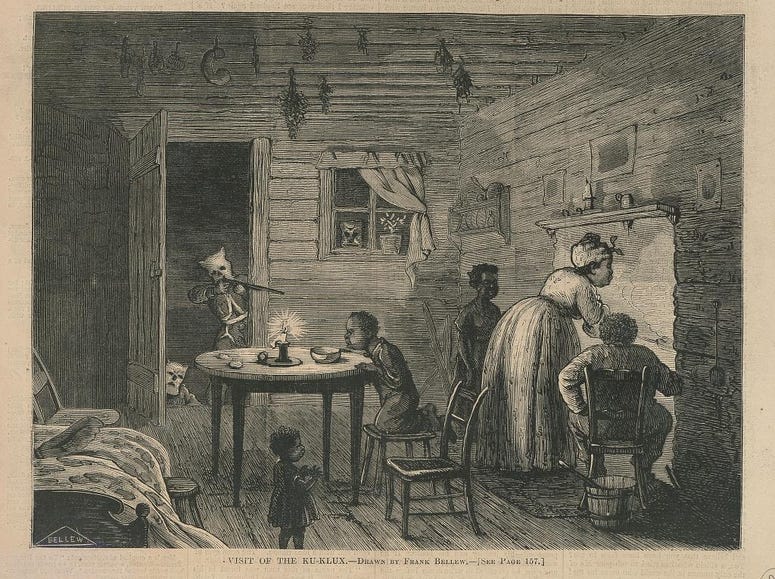

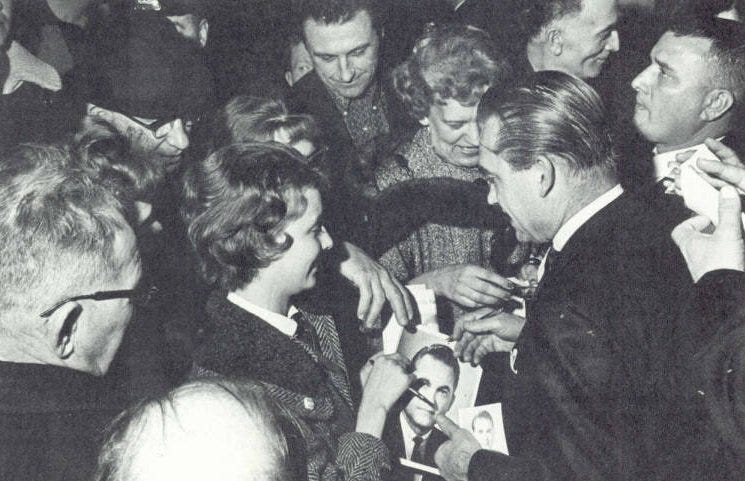
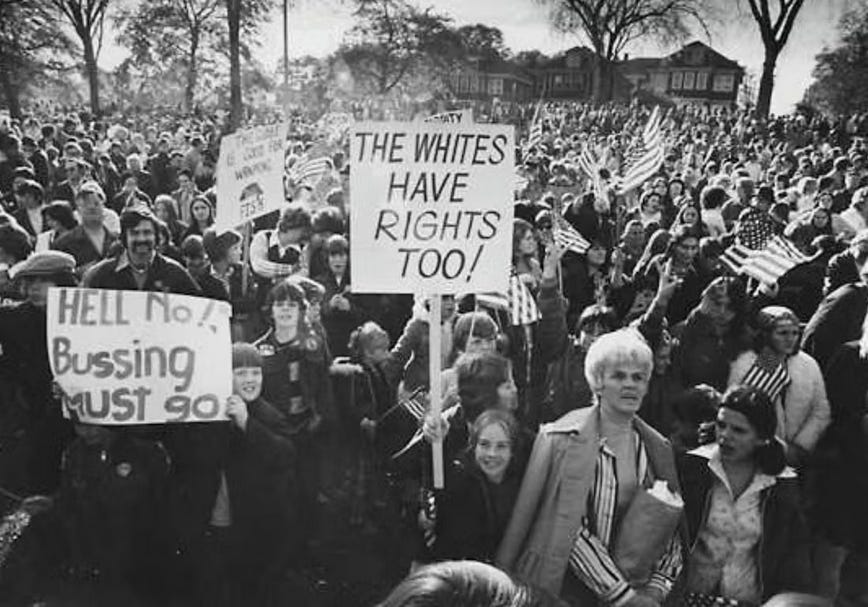
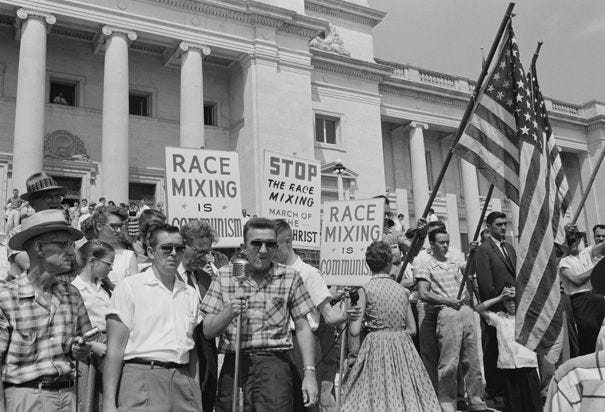
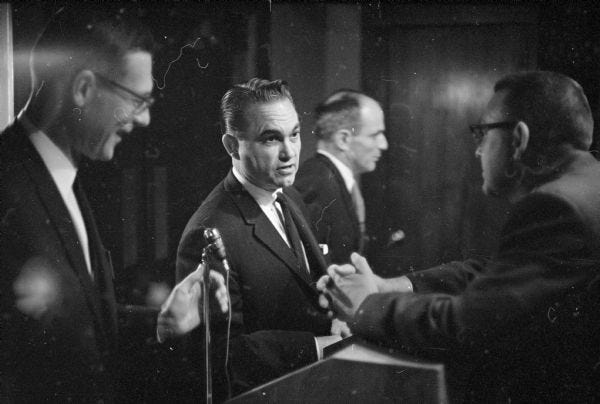
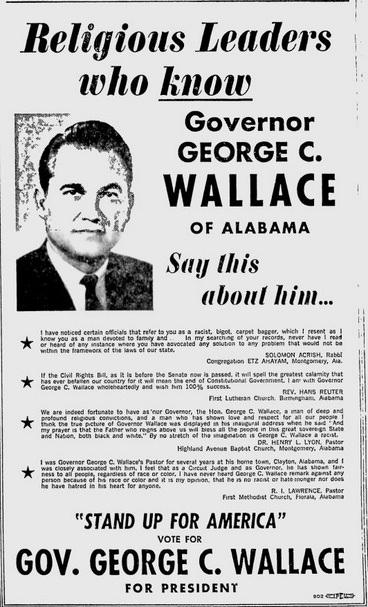
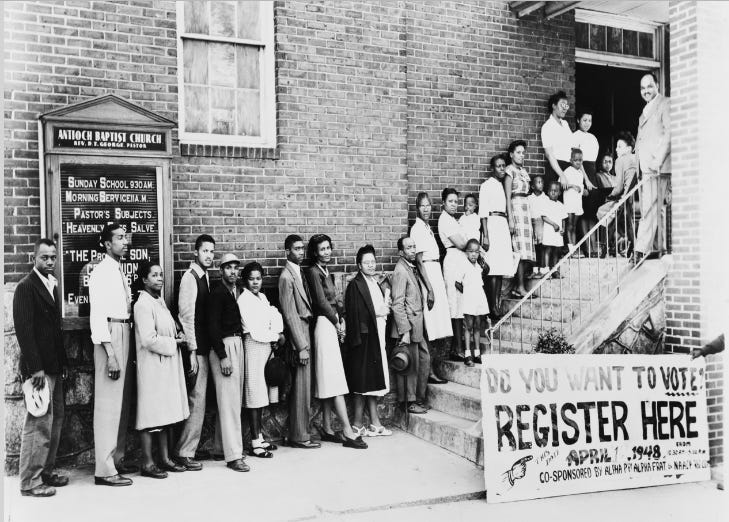
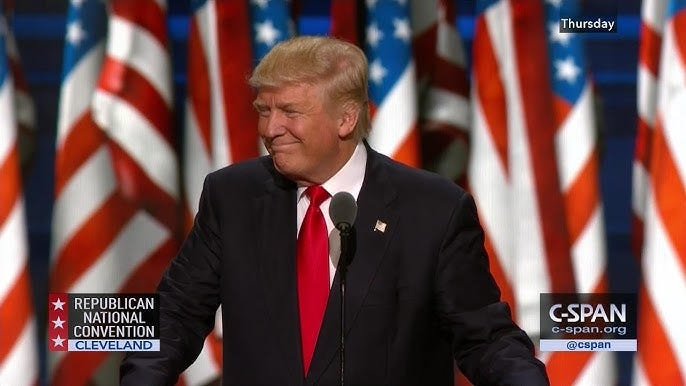









Share this post